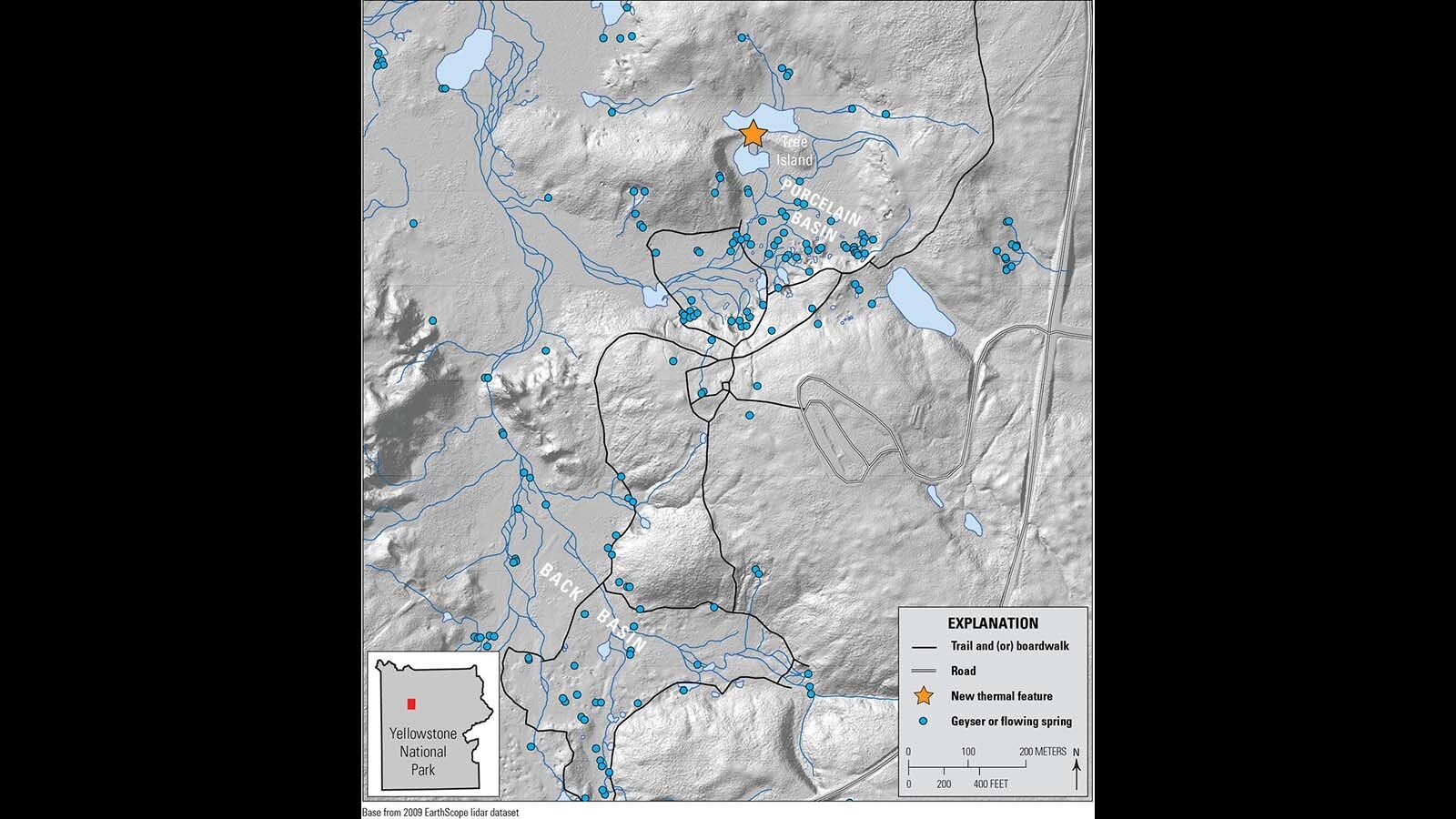A “For Sale” sign is displayed in front of a home in Arlington, Virginia, on August 22, 2023.
Andrew Caballero-Reynolds | AFP | Getty Images
In August, sales of previously owned homes experienced a 0.7% decline from July, reaching a seasonally adjusted annualized rate of 4.04 million units, as reported by the National Association of Realtors. This represents a 15.3% decrease compared to August of the previous year.
This slump can be attributed to closings for contracts that were likely signed in June and July, when the average rate for a 30-year fixed mortgage was around 6%. Towards the end of July, rates surged to over 7%, negatively impacting affordability.
“Home sales have remained relatively stable for several months, neither rising nor falling significantly,” explained Lawrence Yun, chief economist at the NAR, in a statement. “Changes in mortgage rates will have a significant short-term impact, while job gains will have a consistent positive effect in the long run.”
However, the challenges facing potential buyers extend beyond higher mortgage rates. There is also a limited supply in the market. By the end of August, there were only 1.1 million units available, which is a 0.9% decrease compared to the previous month and a 14% decrease year over year. Currently, the inventory represents a 3.3-month supply. Typically, a balanced market offers a six-month supply that benefits both buyers and sellers.
The limited supply has driven prices even higher. The median price of a home sold in August was $407,100, marking a 3.9% increase from the previous year and the highest reported price for the month of August.
Yun emphasized the need for supply to double in order to moderate these price increases.
“Homeowners are in a good position, but Realtors and mortgage brokers are facing challenges, while renters are becoming increasingly frustrated,” said Yun.
Sales remain weakest in the lower end of the market, where the supply is the scarcest. Although sales were down across all price points, they remained relatively stable for homes priced above $1 million, and even increased in both the South and Midwest regions.
“Rising costs of homeownership and declining rental rates have shifted the rent vs. buy tradeoff in favor of renting in the majority of the largest metropolitan areas,” stated Danielle Hale, chief economist at Realtor.com, in a release. “This trend is evident not only in tech hubs like Austin and San Francisco, but also in affordable markets like Columbus, Ohio.”












